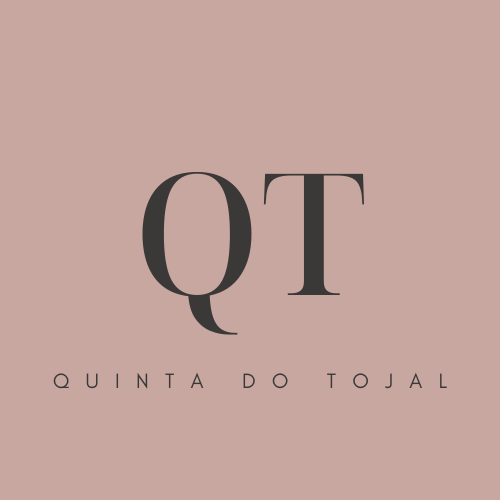Quinta do Tojal, formerly called Quinta da Torre da Murta, belonged to Queen D. Beatriz, wife of D. Afonso IV.
It later belonged to the Templars, and later belonged to the Correia da Silva family, having been acquired by our great-great-grandfather, Joaquim Sousa Ribeiro, in the 19th century.
The old 16th century house was abandoned and the new Casa do Tojal was built at the end of the 19th century by Joaquim António de Vasconcelos e Sousa Ribeiro (great-grandfather of the current owner) where he went to live with his wife Henriqueta Amália, on May 16 from 1886.
Later, his son André Ribeiro was born and lived there, married to Maria Violante de Mello e Castro Ribeiro.
Of the four children they had, Dr. Joaquim António de Mello e Castro Ribeiro stands out, who lived there and died in 1953. He was Minister of Agriculture and Economy in the 1st Republic. He participated in the First World War, and upon returning to Portugal, he dedicated himself once again to political life, having been a deputy in the Constituent Assembly from 1911 until the fall of liberalism in 1926.
Casa do Tojal was inherited by his niece (mother of the current owner) Regina Maria Ribeiro Tavares Lebre Lopo de Carvalho, in the mid-60s of the last century.
Married to Manuel Lopo Caroça de Carvalho, Agronomist and businessman and hunter in Africa (Angola), he was the one who rehabilitated the Casa do Tojal to install a Hunting museum there, which was later transferred to the Vila Viçosa castle.
In this Quinta do Tojal, which at the beginning of the 20th century still had more than 1000 hectares, agriculture has always been developed, with olive oil being its main production. In addition to the extensive olive groves of the Galician variety, cereals, fodder and also wine were produced there, on a smaller scale.
